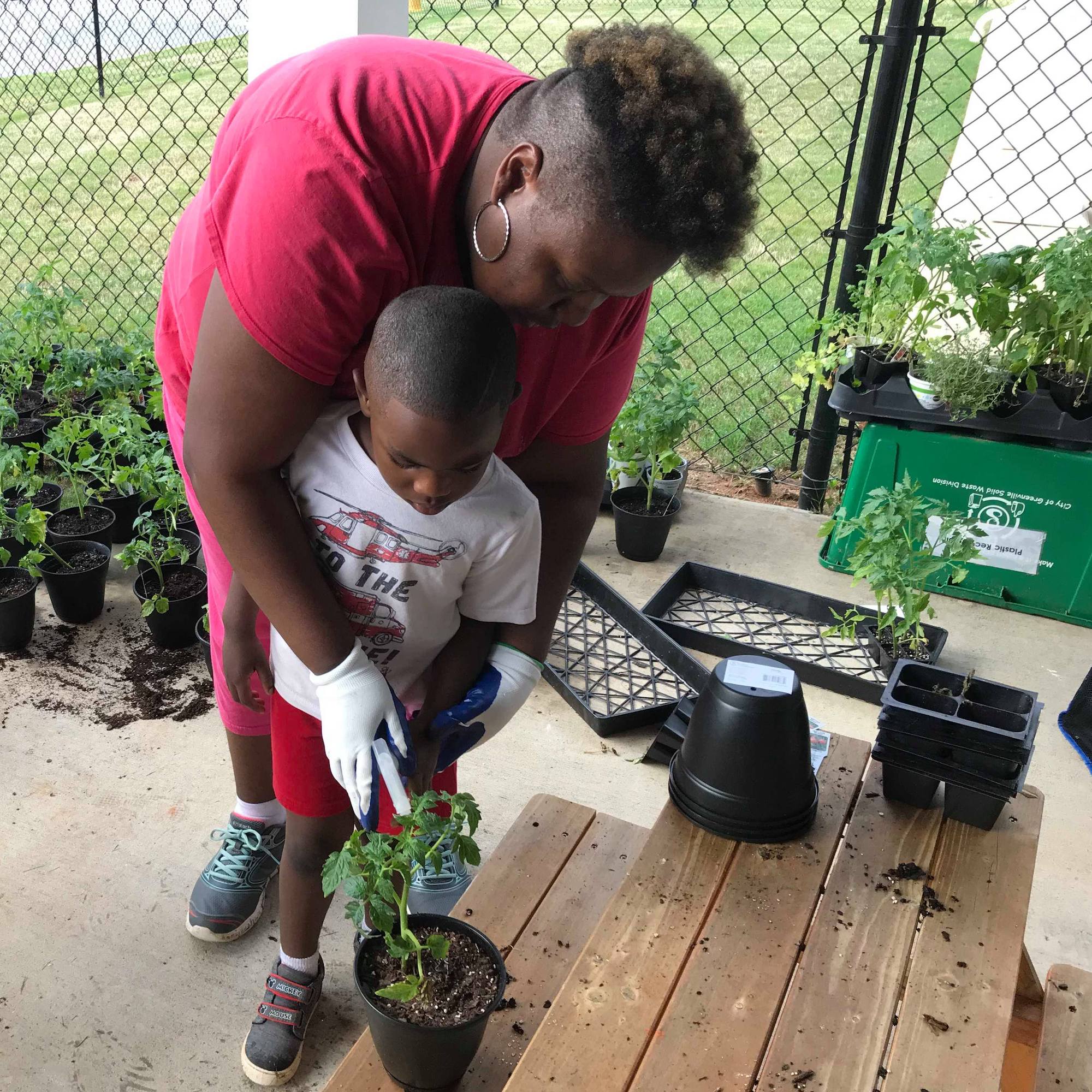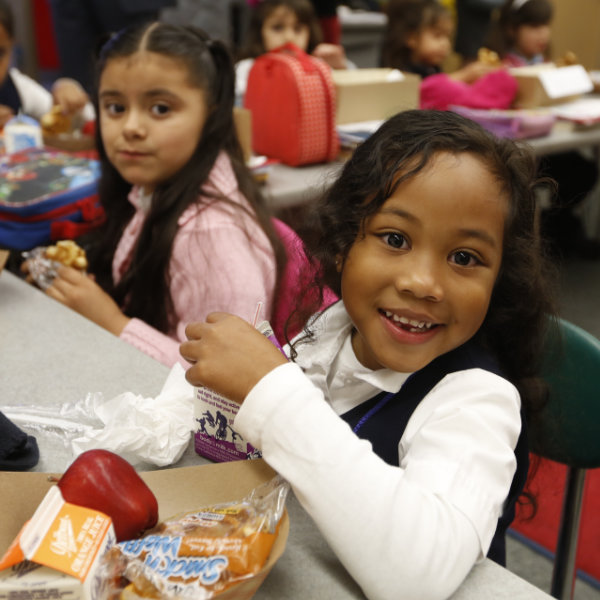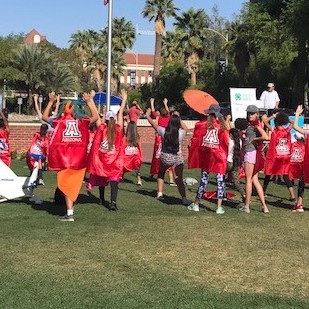Who should apply?
We are looking to partner with existing, multisector coalitions, serving a geographically defined area and working to implement equitable childhood obesity solutions to help all children thrive.
Our ideal partner has an interest in understanding and addressing deep systemic drivers of child health and equity that impact obesity and related disparities in their community.
Coalition eligibility criteria
- The coalition should be multisector and include representation from a variety of areas in the community, which may include (but are not limited to): healthcare, school department, early education and care, local or state government, out of school time organizations, community-based organizations, social service agencies, nutrition assistance programs (e.g., SNAP, WIC), philanthropy, local business community, parent or community groups, academia.
- The coalition itself does not have to be a formal 501c3 or local government agency, but should have either a member organization or fiscal sponsor that is able to receive and manage grant funding on its behalf.
- The coalition should have an established governance structure and at least two individuals who can commit up to 5 hours/week to support this partnership.
- The coalition should be able to show commitment from local leadership, including but not limited to: city government officials, local business leaders, school system leadership, and healthcare providers.
- The coalition should be able to show that they are actively engaged in the community, and that their work and initiatives are designed to serve community members.
Community eligibility criteria
- The community should be geographically defined (e.g., city, county, Tribal Area, federally designated rural area), lie within one of the 50 United States, and have data available to characterize community demographics (e.g., race/ethnicity)
- The community should be able to demonstrate significant need related to child health and health disparities. This could include but is not limited to: high prevalence of childhood obesity, asthma, type 2 diabetes; gaps in access to healthcare or childcare; high rates food insecurity and lack of access to healthy food; lack of access to spaces for safe play; issues related to social emotional health among youth.
- The community should have access to internet/broadband or suitable alternative to support regular video conferencing
existing network
Learn more about the other communities where Catalyzing Communities is already making a difference in the lives of children and families.










